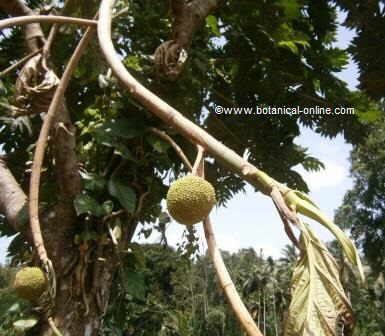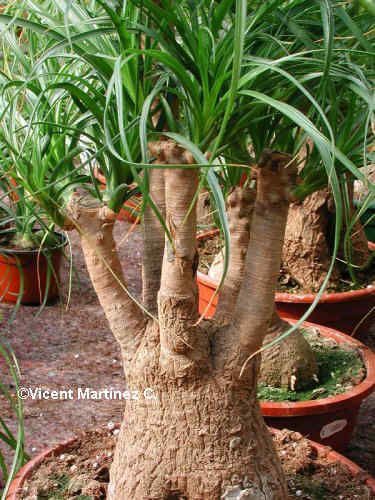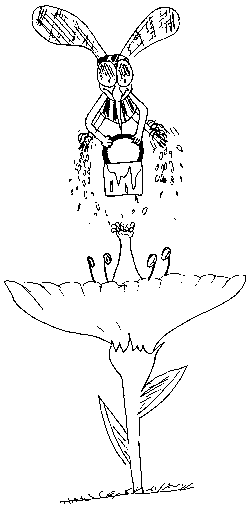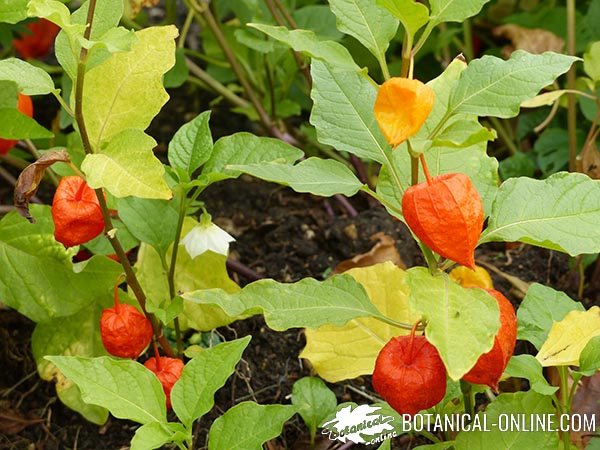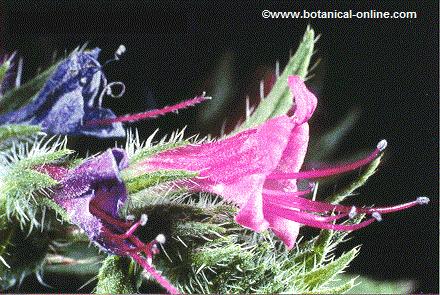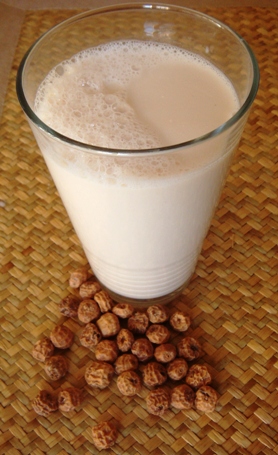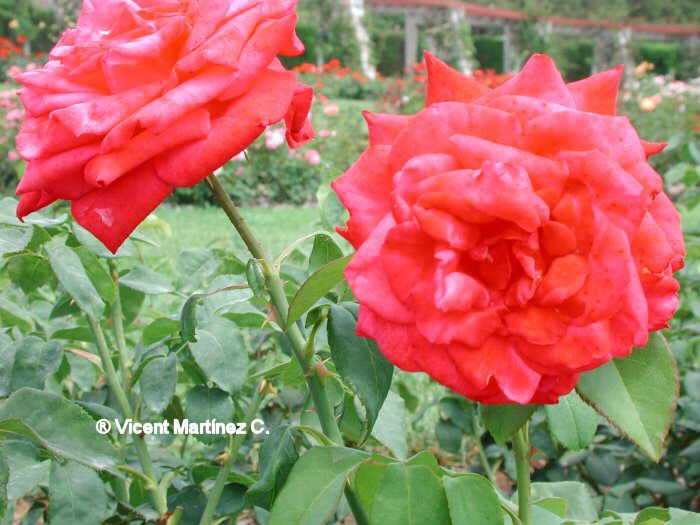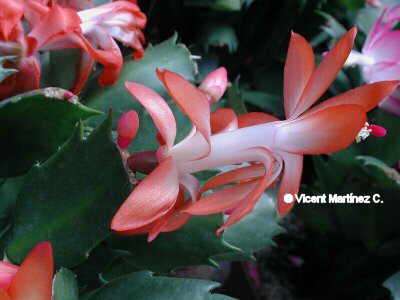Contents
Characteristics of alpine anemone (Alpine pulsatilla)
What are pasqueflowers?
Pasqueflowers, like alpine anemone, are perennial deciduous plants that can be found in the mountains of Asia, Europe and America. There are approximately 30 species.
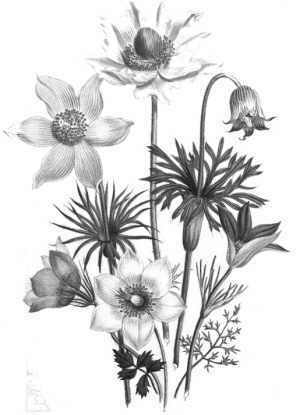
They are characterized by having underground rhizomes from which the leaves are born in the form of a basal rosette. Their leaves are leaflets very divided into quite fine fragments.
They bloom in spring, hence they are known as pasqueflowers.
The leaves and floral stems of these plants have a whitish gray hairiness that makes them feel velvety to the touch. In short, it is an adaptation to the mountain climate. The hairs protect them from the cold and the intense radiation of the sun’s rays.
Main species of pasqueflowers
Among all the species, the best known are the following: Pulsatilla alpina, Pulsatilla albana, Pulsatilla bulgeana, Pulsatilla halleri, Pulsatilla montana, P. pratensi, P. occidentalis, Pulsatilla patens, Pulsatilla vernalis, Pulsatilla vulgaris, etc.
Characteristics of alpine anemone
Scientific name: Pulsatilla alpina
Spanish common name: alpine anemone, alpine pasqueflower.
Family: Ranunculaceae
Habitat. Where does alpine anemone grow?
Mountain meadows, grassy areas, rocks and sheltered scree in Europe, Asia and North America. Cultivated as an ornamental plant in high and cold places.
Description of alpine anemone
Tomentose perennial plant of the Ranunculaceae family up to 35 cm high (or 45 cm when it bears fruit). Erect and woody stems, a maximum span of height that are born from an underground rhizome. Basal leaves in the form of a rosette, with red petioles, pinnate, with narrow, pubescent leaflets reminiscent of carrot leaves. Leaf-like bracts, located below the flowers.
Isolated flowers of 4 to 8 cm in diameter, white and, on rare occasions, red (Pulsatilla alpina ssp alpina) or yellow (Pulsatilla alpina ssp apiifolia). The first one grows on calcareous soils and the other species, on siliceous soils.
It does not have petals and the colored parts are the sepals. It have numerous yellow stamens
It grows in grassy places in European alpine meadows between 1,200 and 2,700 meters. (Pyrenees, Alps, Carpathians, Caucasus, Balkans…) It bears a remarkable resemblance to Pulsatilla occidentalis that grows in the Rocky Mountains. It blooms from March to May.
Components of alpine anemone
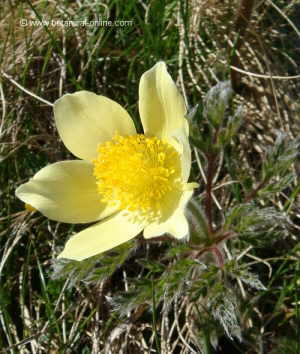
- Alkaloids (Anemonina, anemonol)
- Glycosides: Ranunculin. This is transformed into protoanemonin and, subsequently, into anemonin. Protoanemonin attacks the digestive system, causing great irritation.
- Saponins (Roots)
- Acids: Succinic, chelonic
Active parts: The whole plant. Especially the roots and leaves. When it dries, it loses its active ingredients, so the dried plant is used.
Uses of alpine anemone
Alpine anemone is a herbaceous plant of the Ranunculaceae family that is used as:
- Ornamental plant: This species is cultivated as a garden plant.
- As a medicinal plant
![]() More information on alpine anemone
More information on alpine anemone

